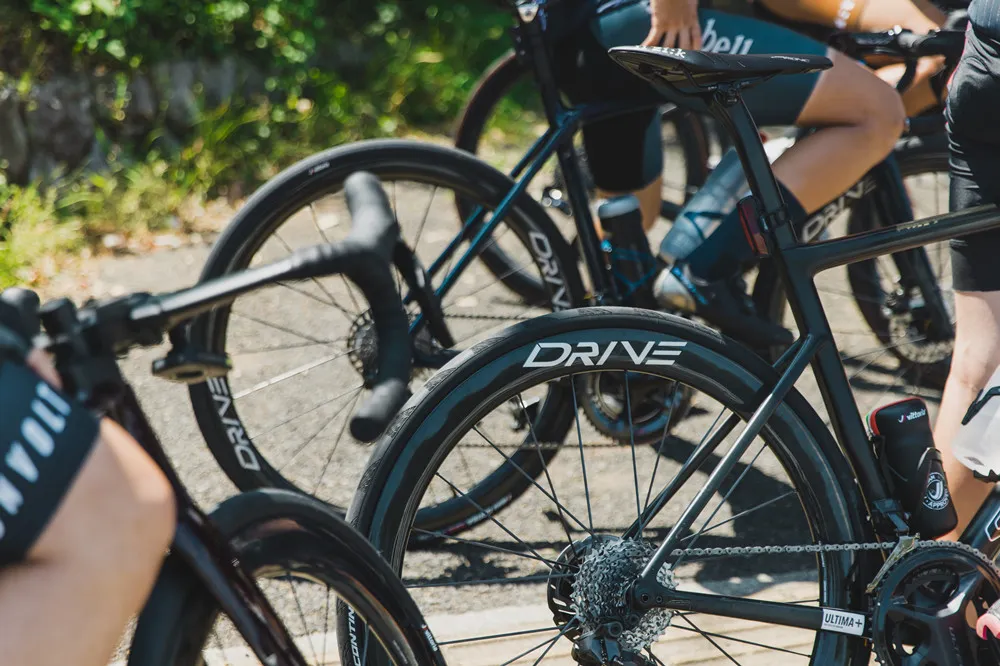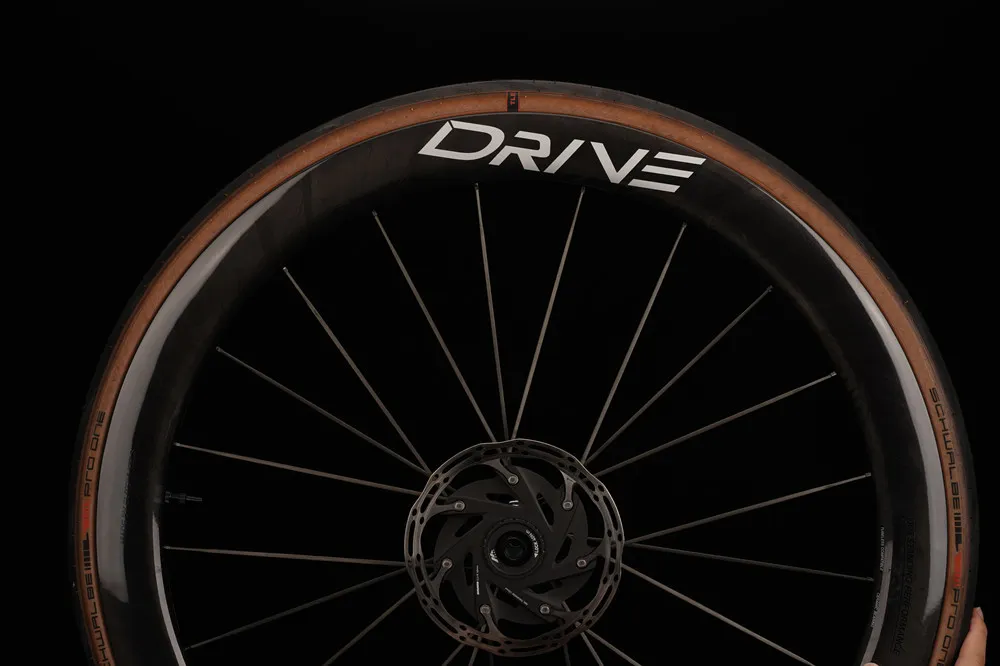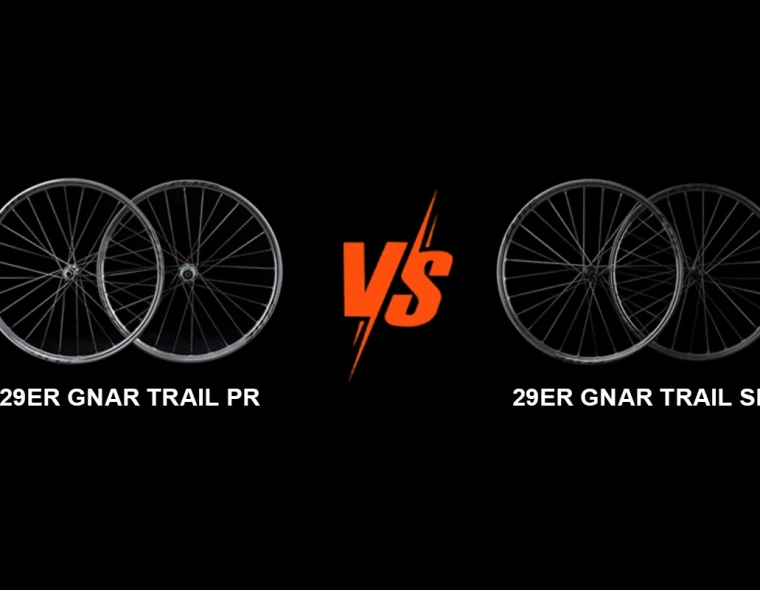Bicycle tire pressure is a crucial element in ensuring a smooth, safe, and efficient ride. Understanding the correct tire pressure for different types of bikes, the factors that affect tire pressure, and how to maintain it can significantly impact your cycling experience. This comprehensive guide will cover the essentials of bicycle tire pressure, including proper tire pressure for various bike types, factors influencing tire pressure, determining the right pressure for your needs, the consequences of overinflation and underinflation, as well as the correct methods for inflating your tires.

Proper Tire Pressure for Different Types of Bikes
Road Bikes
Road bikes, designed for speed and efficiency on paved surfaces, typically require higher tire pressures. The recommended pressure range is generally between 70 to 110 PSI (pounds per square inch). For lightweight riders or smooth roads, pressures closer to the lower end of this range might be sufficient. Heavier riders or rougher roads might require pressures closer to the higher end. Drive road wheels start at only 1260g for the pair and have wider internal widths, allowing them to be run at lower pressures, increasing ride comfort.
Mountain Bikes
Mountain bikes, used for off-road trails and rugged terrain, require lower tire pressures to provide better traction and comfort. The typical range is between 30 to 20-40 PSI. Lower pressures allow the tires to conform to uneven surfaces, improving grip and shock absorption. However, too low pressure can increase the risk of pinch flats and reduce efficiency. We offer a wide variety of mountain bikes wheels that accomodate a wide range of tire widths.
Hybrid Bikes
Hybrid bikes, designed for a mix of road and light off-road use, have tire pressure requirements that fall between road and mountain bikes. The recommended range is usually between 50 to 70 PSI. This range provides a balance between the need for speed on paved surfaces and the comfort required for rougher paths.
Gravel Bikes
Gravel bikes, built for mixed terrain riding, generally require pressures between 40 to 70 PSI. This range allows for enough flexibility to handle both smooth roads and rough gravel paths, providing a comfortable and efficient ride. Elitewheels offers a large range of gravel wheels from budget ones for beginners to our lightweight 1300g Drive G45 wheelset.
Fat Bikes
Fat bikes, with their oversized tires designed for snow, sand, and other soft surfaces, operate at very low pressures, typically between 2 to 15 PSI. These low pressures allow the tires to float over soft terrain, providing excellent traction and stability.

Factors That Affect Tire Pressure
Rider Weight
The rider’s weight plays a significant role in determining the ideal tire pressure. Heavier riders need higher tire pressures to support their weight and maintain optimal tire shape and performance. Conversely, lighter riders can use lower pressures, which can enhance comfort without risking tire deformation. For example, a rider weighing 200 pounds might need 10-20 PSI more than a rider weighing 150 pounds to achieve similar performance characteristics, depending on the tire.
Terrain
The type of terrain you ride on dramatically affects the necessary tire pressure.
Smooth, Paved Roads: On smooth asphalt, higher pressures (closer to the upper end of the tire’s recommended range) reduce rolling resistance and increase speed.
Rough or Uneven Roads: On rough pavement, slightly lower pressures can improve comfort and traction by allowing the tire to better absorb impacts.
Off-Road Trails: Lower pressures enhance traction and shock absorption, helping tires conform to the irregularities of trails and improving overall ride quality.
Tire Width
Tire width also influences the appropriate tire pressure.
Narrow Tires: These require higher pressures to maintain their shape and performance. For instance, road bike tires, typically 23-28mm wide, often require pressures above 80 PSI.
Wide Tires: Wider tires have a larger air volume and can operate effectively at lower pressures. Mountain bike tires, often 2.1-2.5 inches wide, generally perform well between 25 and 40 PSI.
Fat Tires: With widths over 4 inches, fat bike tires can function at very low pressures (2-15 PSI) to provide flotation over soft surfaces like snow and sand.
Weather Conditions
Weather conditions, particularly temperature, can significantly impact tire pressure.
Temperature Fluctuations: Tire pressure increases with rising temperatures and decreases as temperatures drop. As a rule of thumb, tire pressure changes by about 1 PSI for every 10°F change in temperature. It’s important to check and adjust tire pressure if you experience significant temperature changes between rides.
Altitude Changes: Riding at higher altitudes, where the air pressure is lower, can also affect tire pressure. Tires may feel slightly more inflated at higher altitudes, requiring minor adjustments to achieve the desired pressure.
Riding Style
Your riding style can influence the best tire pressure for your needs.
Aggressive Riders: Those who corner hard, ride fast descents, or generally ride more aggressively may benefit from slightly higher pressures. This can prevent tire roll and improve stability during intense maneuvers.
Casual Riders: More relaxed riders, who prioritize comfort over speed, can often use lower pressures. This reduces road vibrations and increases comfort during long rides.
Tire Construction and Quality
The construction and quality of the tire can affect its pressure requirements and performance characteristics.
High-Quality Tires: Premium tires often have advanced materials and construction techniques that allow them to perform well at a wider range of pressures. They may offer better puncture resistance, improved grip, and longer lifespan.
Tubeless Tires: These can typically be run at lower pressures without the risk of pinch flats, as they do not have an inner tube. This can improve traction and comfort, especially on rough terrain.
Tubed Tires: Standard clincher tires with inner tubes usually require higher pressures to avoid pinch flats and maintain performance.
Load Distribution
The load on your bike, including gear and cargo, can influence tire pressure.
Loaded Touring: When carrying panniers or other heavy loads, you may need to increase tire pressure to support the additional weight and maintain performance.
Commuting: Regular commuting with a backpack or briefcase may also require slightly higher pressures to compensate for the added weight.

Rim Width
Rim width is a critical factor that can significantly influence the optimal tire pressure for your bicycle. The interaction between tire and rim is essential for maintaining performance, safety, and comfort.
Wide Rims with Wide Tires: Using wide rims with appropriately wide tires allows for better support of the tire sidewalls. This support means that the tire can be run at lower pressures without risking sidewall collapse or excessive tire deformation. Lower pressures improve traction, comfort, and handling, particularly on rough or uneven terrain.
Narrow Rims with Narrow Tires: Narrow rims paired with narrow tires require higher pressures to maintain the tire’s shape and performance. Higher pressures help prevent the tire from rolling off the rim during aggressive cornering or high-speed maneuvers, providing better stability and control on smooth surfaces.
Our Rims: Elitewheels’ road and gravel wheels feature wider rims to accommodate a wider range of tires.
Rim Width and Tire Compatibility
Narrow Rims: Generally, narrow rims (e.g., 15-20mm internal width) are suited for narrow tires (e.g., 23-28mm wide), which are common on road bikes.
Wide Rims: Wider rims (e.g., 25-35mm internal width) are suitable for wider tires (e.g., 32-50mm), often found on mountain, gravel, and fat bikes.
Benefits of Proper Rim and Tire Pairing
Properly matching your rim width with the correct tire width and pressure offers several benefits:
Enhanced Safety: Reduces the risk of blowouts and tire roll-off, especially during aggressive riding.
Improved Performance: Optimizes rolling resistance, traction, and handling.
Increased Comfort: Allows for better shock absorption and reduced vibrations.
Extended Tire Life: Ensures even wear and prolongs tire lifespan by preventing premature degradation.
How to Decide Your Tire Pressure
Manufacturer Recommendations
Always start with the manufacturer’s recommended tire pressure range, usually printed on the tire sidewall. This range provides a good baseline for adjustment based on personal preferences and riding conditions.
Experimentation
Finding the perfect tire pressure often requires some experimentation. Start within the recommended range and adjust in small increments (2-5 PSI) until you find the pressure that feels best for your riding style and conditions.
Use a Tire Pressure Gauge
Accurately measuring tire pressure is crucial. Invest in a good-quality tire pressure gauge and check your pressure regularly, especially before long rides.

Characteristics of Overinflation and Underinflation
Signs of Overinflation
Hard Ride: One of the most noticeable signs of overinflation is a harsh, uncomfortable ride. The tire becomes less able to absorb shocks and vibrations from the road or trail, resulting in more jolts being transmitted to the rider.
Reduced Traction: Overinflated tires have a smaller contact patch with the ground, leading to reduced grip, especially on rough or loose surfaces. This can make handling more challenging and increase the risk of slipping.
Increased Risk of Blowouts: Higher pressures put additional stress on the tire casing and can increase the likelihood of a blowout, particularly if the tire hits a sharp object or encounters a significant impact.
Faster Wear on Center Tread: Overinflated tires tend to wear more quickly in the center of the tread. This uneven wear can reduce the lifespan of the tire and impact performance.
Signs of Underinflation
Soft Ride: Underinflated tires often feel squishy or soft, leading to a noticeably sluggish ride. The tires deform more under load, which can make pedaling harder.
Increased Rolling Resistance: Soft tires have a larger contact patch with the ground, which increases rolling resistance and makes it harder to maintain speed.
Higher Risk of Pinch Flats: With lower pressure, the tire is more prone to pinch flats, where the inner tube is pinched between the tire and rim, usually when hitting a sharp edge or bump.
Increased Wear on Sidewalls: Underinflated tires tend to wear more on the edges of the tread and sidewalls, which can reduce the tire’s lifespan and performance.
The Balance Between Overinflation and Underinflation
Maintaining the correct tire pressure is all about finding the right balance. Here’s how to strike that balance effectively:
Regularly Check Tire Pressure: Use a reliable tire pressure gauge to check your tire pressure regularly. Aim to check before every ride or at least once a week.
Adjust for Conditions: Consider the terrain, weather, and your riding style when adjusting tire pressure. For example, lower pressures might be suitable for off-road trails, while higher pressures are better for smooth, paved roads.
Experiment within the Recommended Range: Start with the manufacturer’s recommended pressure range and make small adjustments to find the pressure that offers the best combination of comfort, performance, and safety for your specific needs.
Monitor for Signs of Improper Inflation: Pay attention to how your bike feels and handles. If you notice signs of overinflation or underinflation, adjust your tire pressure accordingly.

Proper Inflation Techniques
Maintaining the correct tire pressure involves using appropriate inflation techniques to ensure optimal performance and safety. Here’s a summary of the main methods for inflating bicycle tires:
Floor Pump
A floor pump is a reliable and efficient tool for inflating bike tires. It typically includes a built-in pressure gauge, making it easy to monitor and achieve the desired tire pressure. Ensure the pump head matches your valve type (Presta or Schrader), securely attach it to the valve, and inflate slowly while checking the gauge to avoid overinflation. Detach the pump carefully to prevent damage to the valve.
Hand Pump
Hand pumps are portable and convenient for on-the-go inflation but ususally don’t have a pressure gauge. They are best for emergency use or minor adjustments. Ensure the pump fits your valve type, attach it securely, and inflate the tire, periodically checking the pressure with a separate gauge if needed. Hand pumps require more effort and time to reach the desired pressure compared to floor pumps. They require significant strength to reach high pressures for road bike tires.
CO₂ Inflator
CO₂ inflators are compact and provide rapid inflation, making them ideal for quick tire pressure adjustments during rides. They use CO₂ cartridges to release a burst of air into the tire. Ensure compatibility with your valve type, attach the inflator, and carefully release the CO₂. Be mindful of the rapid inflation to avoid overinflating the tire. CO2 inflators are great for emergencies but are not a long-term solution for regular maintenance.
Electric Pump
Electric pumps offer a convenient and precise way to inflate tires, often featuring digital gauges for accurate pressure settings. Ensure the pump is compatible with your valve type and set the desired PSI. Attach the pump to the valve and let it inflate the tire automatically. Electric pumps are efficient and require minimal effort, making them suitable for regular maintenance and home use.
Air Compressor
Air compressors are convenient, though they are not portable due to their weight. They come with pressure gauges and can inflate a tire quite rapidly, only requiring the press of a button for inflation. These are often used by bike mechanics and shops and professional cycling teams who have many bikes to maintain. They can be expensive, so they may not be the ideal choice for the average rider.
Conclusion
Understanding bicycle tire pressure is essential for optimizing your ride’s comfort, safety, and efficiency. By knowing the proper tire pressure for different types of bikes, considering factors that affect tire pressure, and learning how to adjust and maintain it, you can enhance your cycling experience significantly. Regularly checking and maintaining the correct tire pressure will ensure that you get the best performance out of your bike, whether you’re racing on the road, tackling rugged trails, or cruising through the city.



